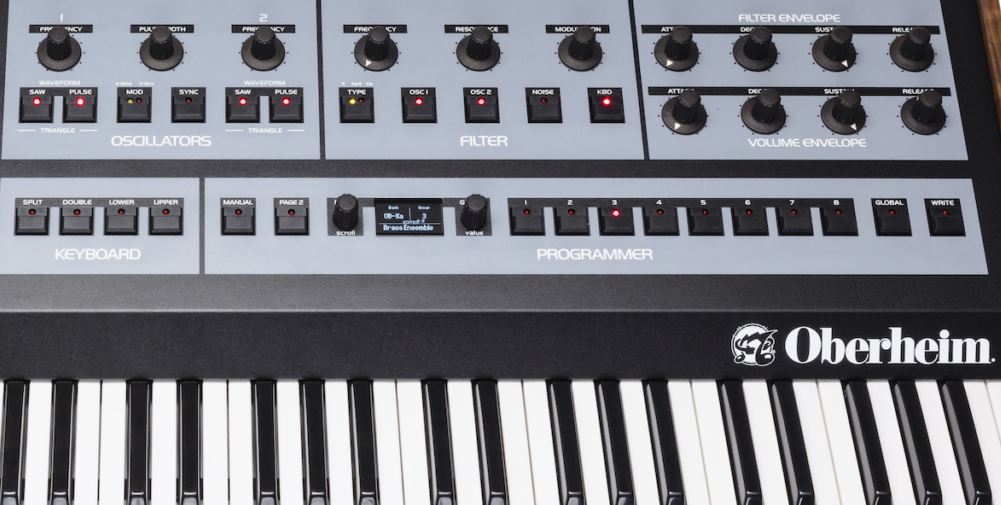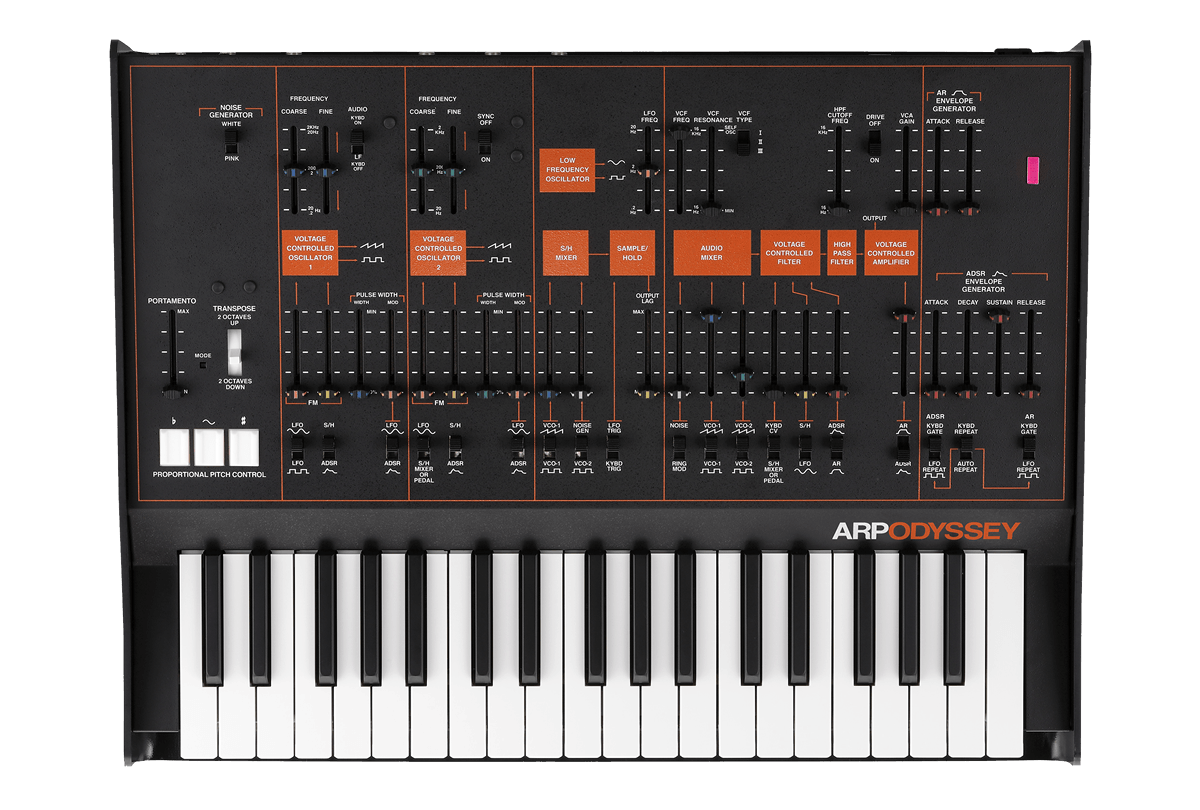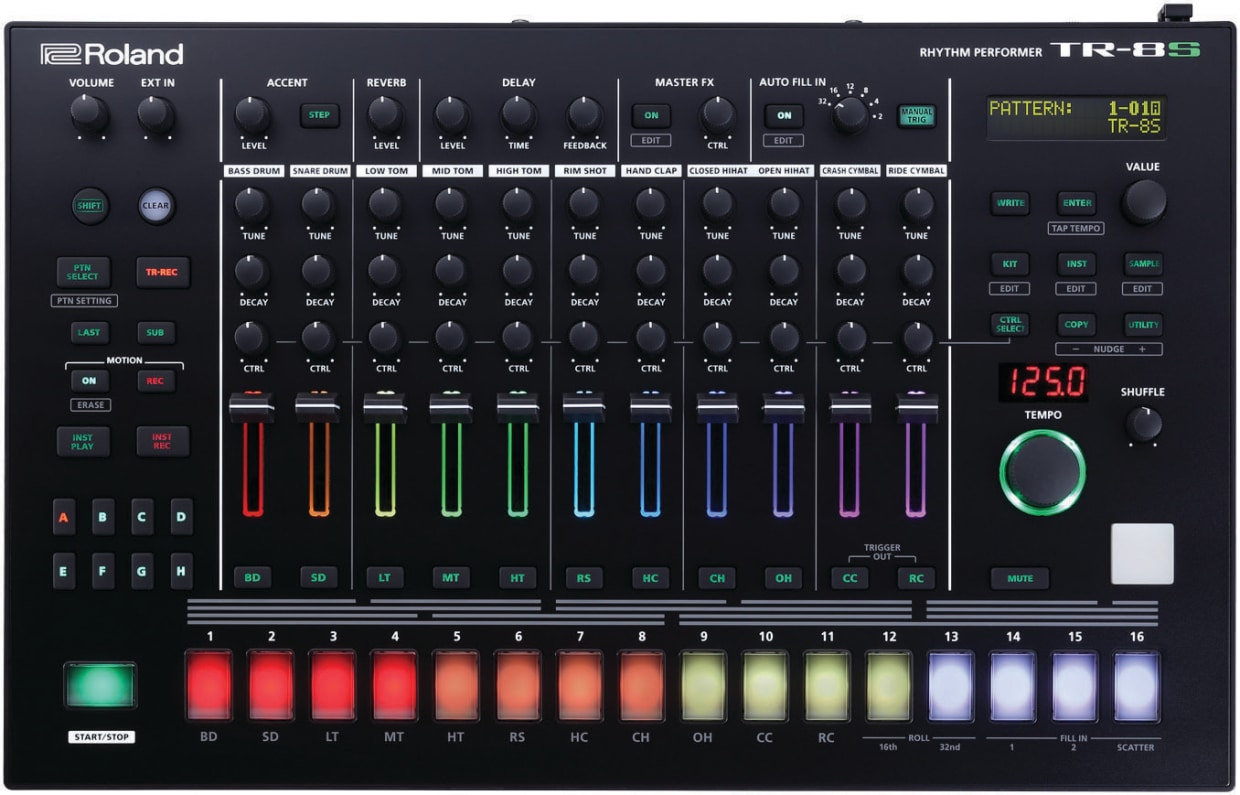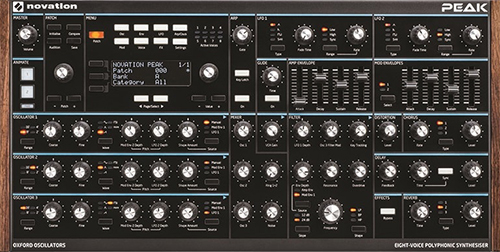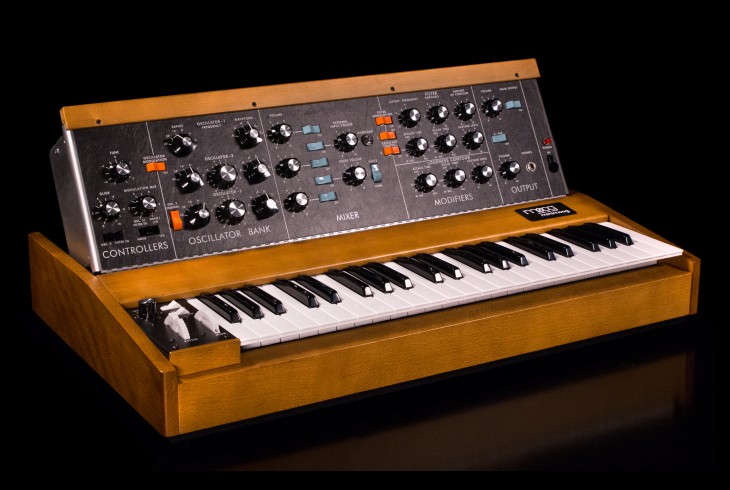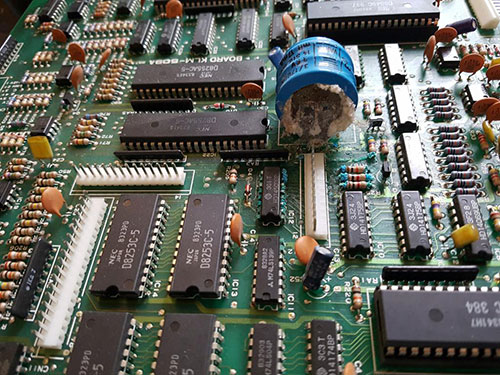Programming the Oberheim OB-X8
After programming it for a month (and comparing it to other analog gear in my rig), I can confirm that the Oberheim OB-X8 is a truly fantastic beast with an incredibly specific sound, much like last year’s spot-on reissue of the original Prophets 5 and 10.
When I first fired it up, I was startled by how much it instantly evoked the sound of artists who relied on it for multiple hits. Sure, Van Halen’s “Jump” brass sound is a trademark of the OB series, but it’s also the sound of Prince and Jam & Lewis (aka The Minneapolis Sound), as well as a striking number of UK synthwave artists from the early 80s. The Thompson Twins, Depeche Mode, Simple Minds, along with art-wave pioneers Japan and Ultravox, all used Oberheims in crafting their early records—and it’s astonishing how much these instruments influenced the sound of vintage synthwave. Familiar sounds practically fall out of the unit with minimal effort.
And thanks to Tom Oberheim, Marcus Ryle, and Dave Smith, the sound is… huge.
